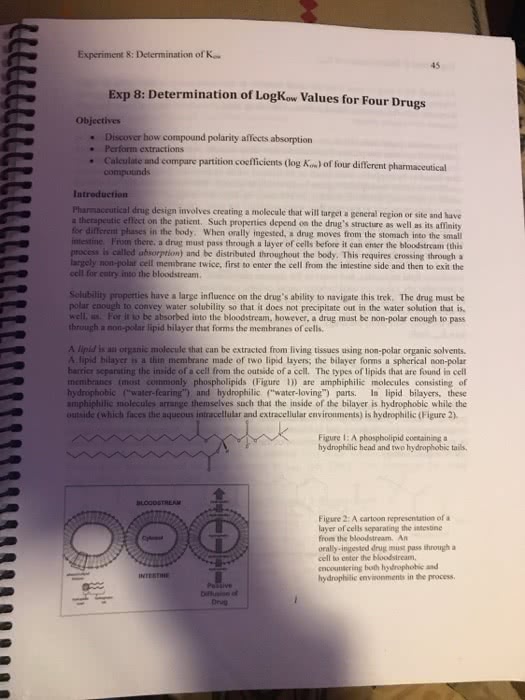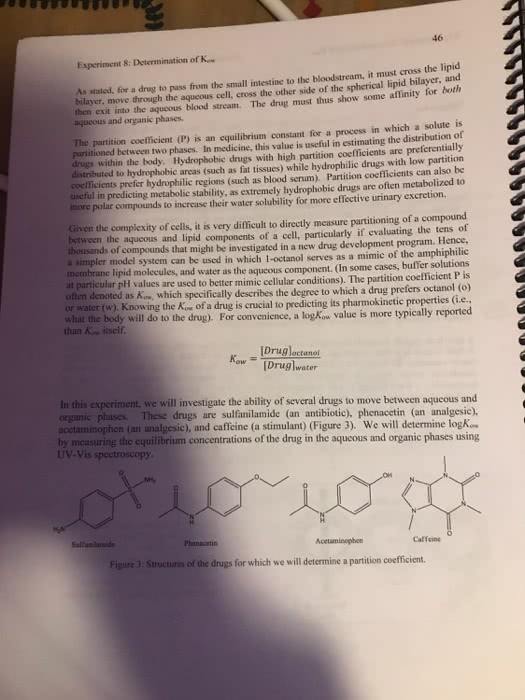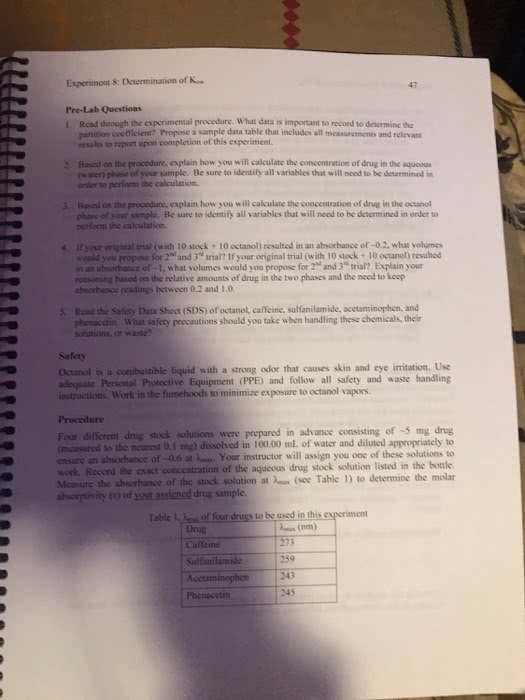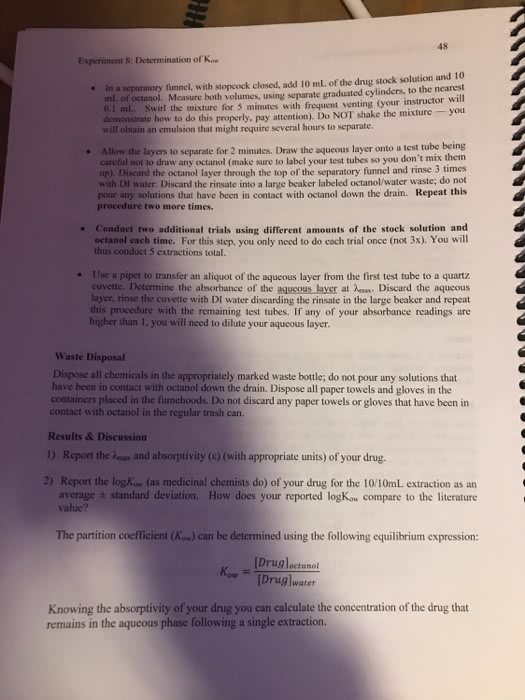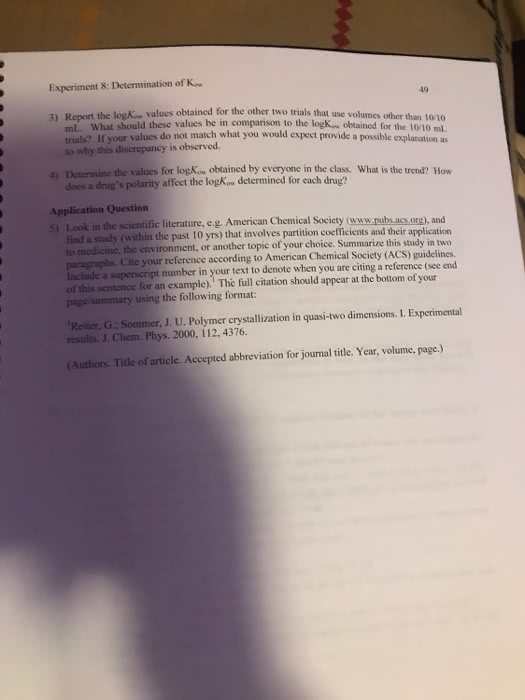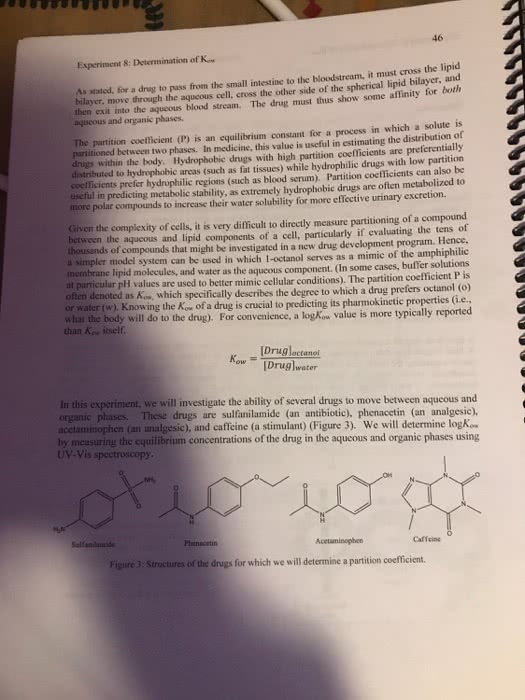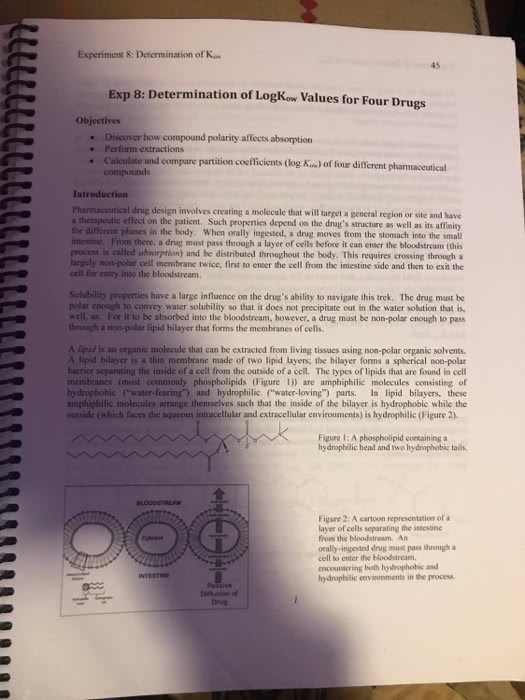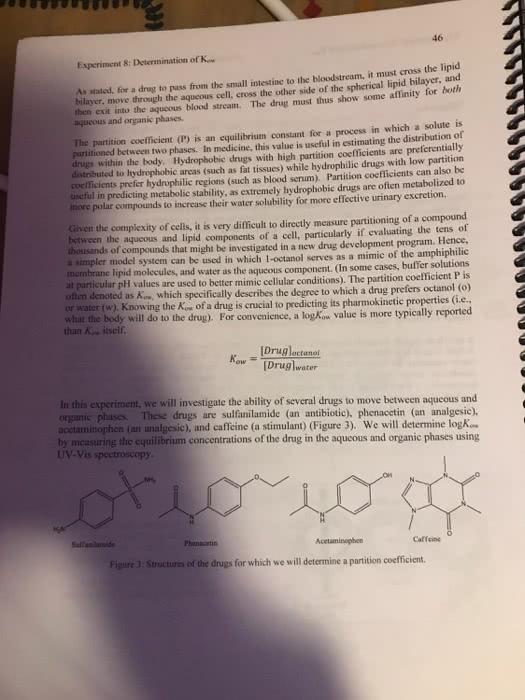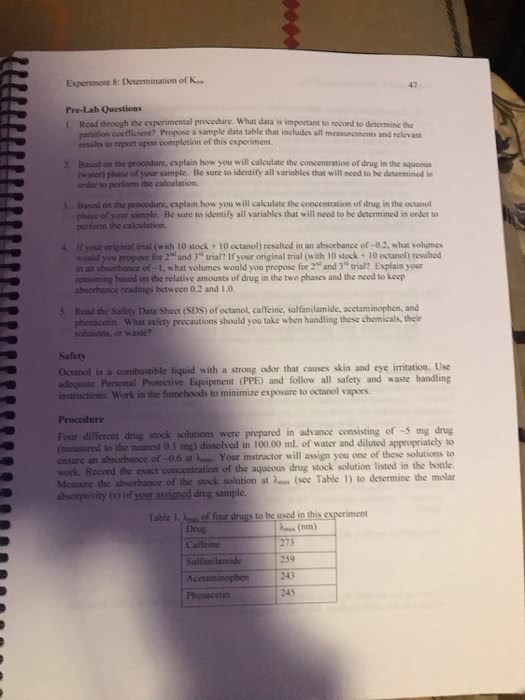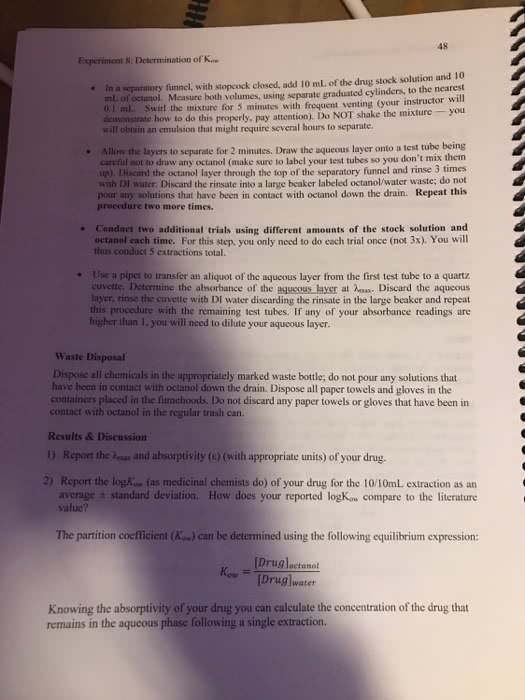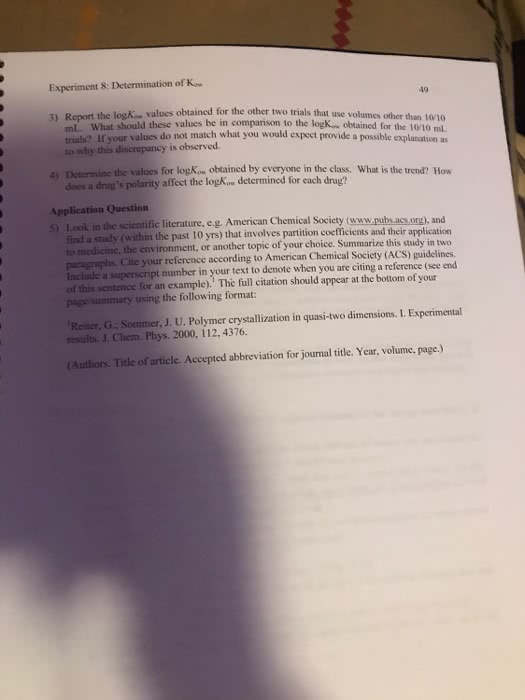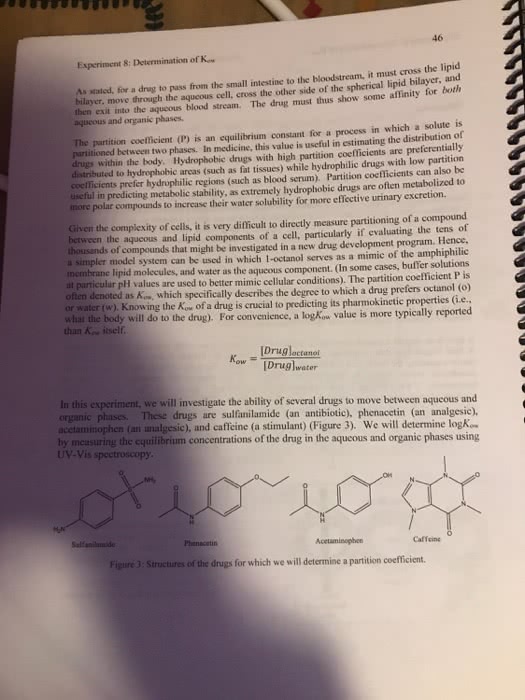BIOL1130 Lecture Notes - Lecture 5: Endomembrane System, Nuclear Membrane, Catalase

Unity and Diversity of Cell Structure
The cell theory
• Cells are the basic organizational unit of life
• All living organisms are composed of one or more cells and the materials
made by cells
• Cells arise from pre-existing cells by division
Two Basic Cell Types
• Prokaryotes: Cells before a nucleus
• Eukaryotes: Cells with a proper nucleus
Features of All Cells
• Plasma/biological membranes: a flexible sheet surrounding the cell
contents, surround the liquid spaces inside the cell and made of bilayers
of lipids, mainly phospholipids
o Lipid bilayers: phospholipids arrange themselves so the layer has
a hydrophilic exterior and an hydrophobic interior.
▪ Impregnated with proteins
▪ Decorated with carbohydrates
▪ Impregnated with non-polar molecules, e.g. cholesterol.
▪ Is impermeable to nearly everything
▪ Movement across membranes requires specific proteins
called transporters (gateways to the cell)
▪ Membranes concentrate molecules needed by the cell and
form barriers to separate incompatible processes.
• Phospholipids: non-polar, hydrophobic tails with polar, hydrophilic
heads. It is an amphipathic molecule.
• Amphipathic molecule: molecules with hydrophobic region and
hydrophilic region.
• Cytoplasm: the space surrounded by the plasma membrane. Everything
inside of the cell.
• Cytosol: semi-fluid material in the cytoplasm.
• Genes in the form of DNA: DNA coated with proteins
o Chromosomes in eukaryotes
o Nucleoids in prokaryotes
• Ribosome: cellular machines that synthesize proteins
o Slightly smaller in prokaryotes (70S) than in eukaryotes (80S)
Prokaryotic Cells
• All bacteria and archaea
•
find more resources at oneclass.com
find more resources at oneclass.com
Document Summary
The cell theory: cells are the basic organizational unit of life, all living organisms are composed of one or more cells and the materials made by cells, cells arise from pre-existing cells by division. Two basic cell types: prokaryotes: cells before a nucleus, eukaryotes: cells with a proper nucleus. Impregnated with proteins: decorated with carbohydrates, movement across membranes requires specific proteins. Is impermeable to nearly everything called transporters (gateways to the cell: membranes concentrate molecules needed by the cell and, phospholipids: non-polar, hydrophobic tails with polar, hydrophilic form barriers to separate incompatible processes. heads. It is an amphipathic molecule: amphipathic molecule: molecules with hydrophobic region and hydrophilic region, cytoplasm: the space surrounded by the plasma membrane. Network of interconnected single membrane sacs made from sheets of membrane (cisternae). The space inside the cisternae is called the. Contain many hydrolytic (degradative) enzymes (bioactive proteins), e. g. proteases: degrade proteins: nucleases: degrade nucleic acid, lipases: degrade lipids, glycosidases: degrade complex sugars.


